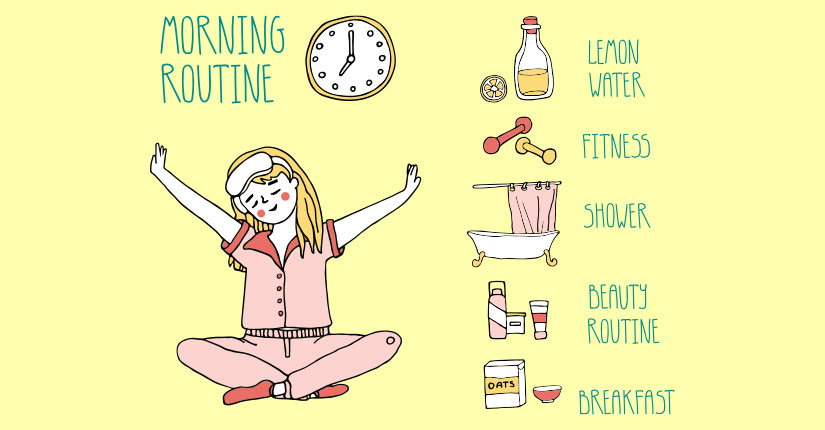How much screentime is too much screen time?
By Nmami Agarwal 02-Jul 2023 Reading Time: 5 Mins

Introduction:
In today’s digital age, screen time has become integral to our daily lives. From smartphones and tablets to computers and televisions, screens are omnipresent. While technology offers numerous benefits, it’s essential to strike a balance and be mindful of how much time we spend engaged with screens. The following points outline general guidelines for different age groups to help determine how much screen time is considered “too much.”
- Infants (0-18 months):
- The American Academy of Pediatrics (AAP) advises against screen time, except for video chatting.
- This recommendation stems from the fact that infants need ample opportunities for sensory exploration, interaction with caregivers, and motor skills development.
- Engaging in activities that foster bonding, such as reading, singing, and playing together, is crucial during this stage of rapid brain development.
- By minimizing screen time, parents can prioritize face-to-face interactions and create a nurturing environment that supports the growth of infants.
- Toddlers (18-24 months):
- For toddlers, limiting screen time and prioritizing other activities that promote physical movement and social interaction is essential.
- If screens are used, choosing high-quality educational content and ensuring adult supervision is essential. This allows for positive learning experiences while minimizing potential adverse effects.
- Co-viewing and discussing the content with your toddler maximizes the educational value and encourages parent-child interactions and language development.
- Preschoolers (2-5 years):
- The AAP recommends restricting screen time to 1 hour per day of high-quality educational programming for preschoolers.
- Encouraging a healthy balance between screen time and other activities is crucial at this stage.
- Parents should prioritize outdoor play, imaginative play, reading, and peer socializing.
- Engaging in co-viewing experiences with preschoolers, actively participating in discussions related to the content, and encouraging creative thinking can enhance the educational benefits of screen time.
- School-age children (6-12 years):
- Establishing consistent limits on screen time is essential for school-age children.
- When setting a reasonable time limit, parents should consider factors such as schoolwork, extracurricular activities, and sleep.
- The AAP advises parents to encourage diverse activities beyond screens.
- This includes physical exercise, reading, hobbies, creative play, and social interactions with friends and family.
- By promoting a healthy balance, parents can help children develop a well-rounded lifestyle and avoid the potential pitfalls of excessive screen time, such as sedentary behavior and sleep disturbances.
- Adolescents (13-18 years):
- For adolescents, promoting responsible screen time management and open communication is crucial.
- Parents should help teenagers understand the potential risks of excessive screen time, such as sedentary behavior, sleep disturbances, and cyberbullying.
- Encouraging a healthy digital diet is essential, allowing for educational and recreational screen activities while prioritizing physical activities, face-to-face interactions, and sufficient sleep.
- Parents can work with their teenagers to set reasonable boundaries and encourage self-regulation regarding screen time.
Conclusion:
Determining the threshold for “too much” screen time is a complex task, as it depends on various factors, including age, individual circumstances, and the nature of the screen activities. The provided guidelines from the American Academy of Pediatrics (AAP) can serve as a starting point for establishing healthy habits regarding screen time. Ultimately, the goal is to find a balance that allows for the benefits of technology while ensuring physical well-being, social interactions, and overall holistic development for individuals of all age groups. Regular communication, monitoring, and active participation in alternative activities is critical to maintaining a healthy relationship with screens in our modern world. By being mindful of screen time and fostering a balanced lifestyle, we can embrace technology while prioritizing our well-being and the well-being of our loved ones.


















